Welcome to the timeless world of Unleavened Bread Recipe! As someone who's been perfecting this ancient art for years, I'm thrilled to share this simple yet profound bread-making technique that connects us to thousands of years of culinary tradition. This unleavened bread recipe represents one of humanity's oldest forms of sustenance, requiring just two basic ingredients and delivering incredible satisfaction with every bite.
Whether you're preparing for Passover, seeking a quick flatbread solution, or exploring biblical cooking traditions, this unleavened bread recipe will become your go-to method. The beauty lies in its simplicity; no waiting for dough to rise, no special equipment needed, and results that consistently deliver crispy, flavorful bread that's ready in minutes rather than hours.
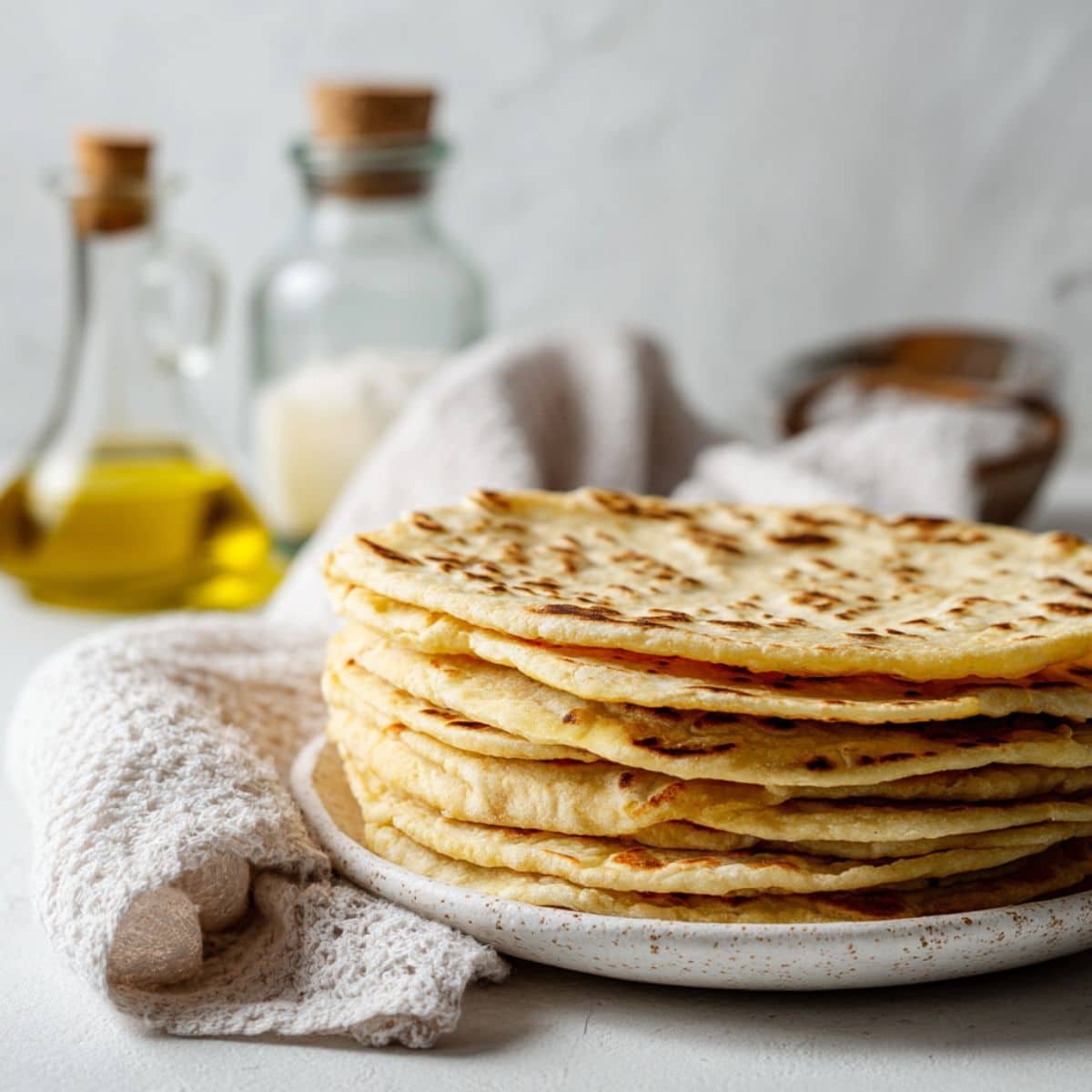
Background & Why This Ancient Recipe Stands Out
The unleavened bread recipe has sustained civilizations across millennia, from ancient Egypt to modern kitchens worldwide. This remarkable bread emerges from the necessity of creating nourishment without the luxury of time for fermentation. What makes this unleavened bread recipe truly exceptional is its versatility; it serves equally well as communion bread, Passover matzah, or simply a quick meal solution when regular bread isn't available.
Unlike modern bread-making that relies heavily on commercial yeast and lengthy rising periods, this unleavened bread recipe celebrates the pure essence of grain and water. The technique produces a crispy, satisfying bread that's naturally dairy-free, egg-free, and can easily be adapted for various dietary needs. This unleavened bread recipe connects us to our ancestors while providing practical solutions for today's busy lifestyles, proving that sometimes the simplest approaches yield the most remarkable results.
Jump to:
Ingredients
- All-purpose flour
- Water
- Salt
- Olive oil (optional)
- Honey (optional for sweet variation)
- Herbs or spices (optional for flavored versions)
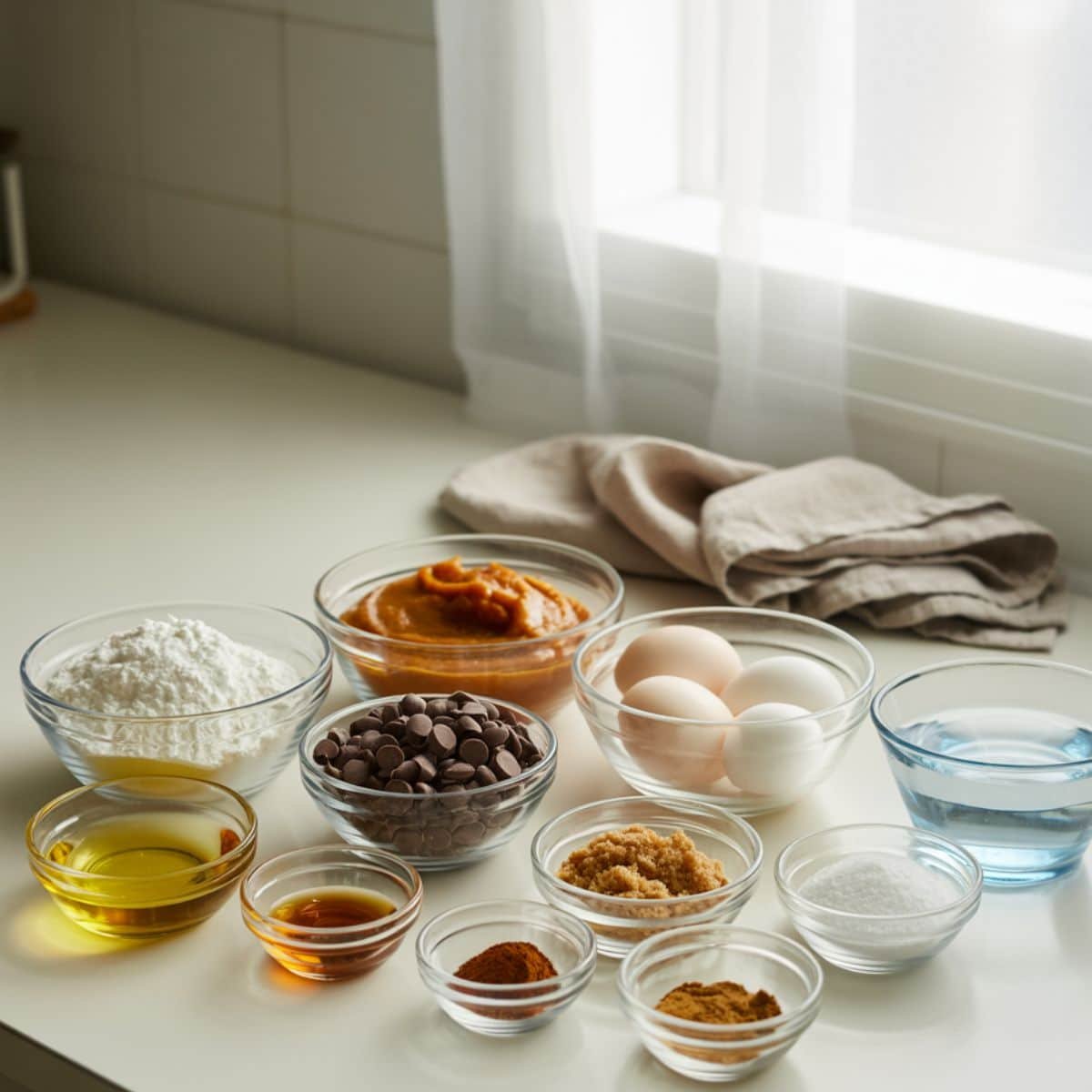
See recipe card for quantities.
Instructions
Prepare the Dough
- Mix flour and salt in a large bowl
- Add water gradually while stirring
- Knead until smooth, elastic dough forms
- Let rest for 5 minutes
Roll and Shape
- Divide dough into small portions
- Roll each piece paper-thin on floured surface
- Aim for even thickness throughout
- Keep unused portions covered
Cook the Bread
- Heat dry skillet or griddle over medium-high heat
- Cook each piece for 1-2 minutes per side
- Watch for golden spots and slight puffing
- Stack finished bread under clean towel
Equipment For Unleavened Bread Recipe
- Large mixing bowl
- Measuring cups
- Rolling pin
- Clean kitchen towel
- Cast iron skillet or griddle
- Sharp knife for cutting dough
Expert Cooking Tips
- Use lukewarm water for easier mixing and better texture
- Roll dough as thin as possible for authentic crispy results
- Don't add oil to the pan; dry cooking creates proper texture
- Work quickly once cooking begins to prevent drying
- This unleavened bread recipe works best with high-gluten flour for elasticity
Recipe Variations
- Sweet version: Add honey and cinnamon to basic dough
- Herb-infused: Include dried rosemary, thyme, or oregano
- Whole wheat: Substitute half the flour with whole wheat flour
- Spiced variation: Add cumin, coriander, or nigella seeds
- This unleavened bread recipe adapts beautifully to personal preferences
Storage
- Store completely cooled bread in airtight containers
- Keeps fresh at room temperature for up to 3 days
- Freeze individual pieces wrapped in plastic for longer storage
- Reheat briefly in dry skillet to restore crispiness
- This unleavened bread recipe produces bread that travels well
Ancient Wisdom: Time-Tested Secrets
Creating the perfect unleavened bread recipe requires understanding techniques passed down through generations. The secret lies in achieving the perfect balance between flour and water; too much water creates sticky dough, while too little results in crumbly, difficult-to-roll bread. Master bakers know that the dough should feel slightly tacky but not wet, requiring just enough moisture to bind the flour particles together.
Temperature control during cooking separates good unleavened bread recipe results from extraordinary ones. The cooking surface should be hot enough to create immediate sizzling when dough touches it, but not so hot that burning occurs before the interior cooks through. This delicate balance ensures the characteristic crispy exterior while maintaining a tender, fully-cooked interior that defines exceptional unleavened bread.
FAQ
What are the ingredients in unleavened bread?
Traditional unleavened bread recipe requires only flour, water, and salt as basic ingredients. Some variations include olive oil for richness or honey for sweetness. The simplicity of this unleavened bread recipe reflects its ancient origins when elaborate ingredients weren't available. Modern adaptations might include herbs or spices, but the core remains flour and water, creating versatile, nutritious bread without any leavening agents like yeast or baking powder.
How was unleavened bread made in biblical times?
Biblical unleavened bread recipe involved grinding grain between stones, mixing with water, and cooking on hot stones over fire. Ancient bakers used this unleavened bread recipe during times of haste, particularly during the Exodus when there wasn't time for bread to rise. The cooking method produced flat, crispy bread that traveled well and provided essential nutrition. This historical unleavened bread recipe represents humanity's earliest bread-making techniques, demonstrating remarkable ingenuity with minimal resources.
What is unleavened bread called today?
Modern unleavened bread recipe produces what we commonly call flatbread, matzah, or communion wafers, depending on preparation and intended use. This unleavened bread recipe creates versatile bread known by various names worldwide; chapati in India, tortillas in Mexico, and pita when pocket-forming techniques are applied. Contemporary bakers appreciate this unleavened bread recipe for its quick preparation time and adaptability to different cultural cooking traditions and dietary requirements.
What bread is considered unleavened bread?
Any bread made without leavening agents like yeast, baking powder, or baking soda qualifies as unleavened bread recipe results. This unleavened bread recipe category includes matzah, communion wafers, some flatbreads, and traditional crackers. The defining characteristic of this unleavened bread recipe approach is the absence of rising agents, creating dense, flat bread with crispy texture. Many cultural breads follow this unleavened bread recipe principle, proving its universal appeal across different societies.
Expanding Your Bread-Making Journey
Mastering this Unleavened Bread Recipe opens doors to countless culinary adventures and connects you to humanity's oldest bread-making traditions. The skills you've developed with this unleavened bread translate beautifully to other quick-cooking breads and traditional recipes that celebrate simple, wholesome ingredients.
As you continue exploring bread-making, consider trying 7 Secrets to Perfect Gluten Free Monkey Bread for a delightful sweet treat that builds on your newfound confidence with alternative flours and quick-cooking techniques. Additionally, Healthy Chocolate Zucchini Bread offers another dimension to your baking repertoire, combining nutrition with indulgence. These recipes complement your unleavened bread skills while expanding your ability to create memorable, homemade breads for every occasion and dietary need.
From my kitchen, with heart.
Megan Riley ❤️
Related
Looking for other recipes like this? Try these:
Pairing
These are my favorite dishes to serve with Unleavened Bread Recipe

Unleavened Bread Recipe
Equipment
- 1 Large mixing bowl For combining ingredients
- 1 set Measuring cups For accurate measurement
- 1 Rolling pin For flattening dough
- 1 Kitchen towel To keep bread soft
- 1 Cast iron skillet Or any dry griddle
- 1 Sharp knife To cut dough if needed
Ingredients
- 2 cups All-purpose flour High-gluten flour preferred
- ½ teaspoon Salt
- ¾ cup Water Lukewarm water
- 1 tablespoon Olive oil Optional – for richness
- 1 tablespoon Honey Optional – for sweet version
- 1 teaspoon Herbs or spices Optional – rosemary, cumin, etc.
Instructions
- Mix flour, salt, and water.
- Knead into smooth dough.
- Rest dough for 5 minutes.
- Divide and roll paper-thin.
- Heat skillet until hot.
- Cook each side 1–2 minutes.
- Stack under towel to soften.

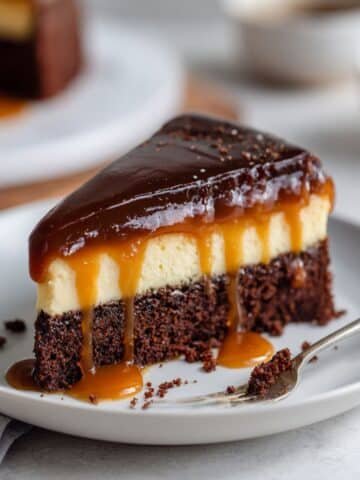
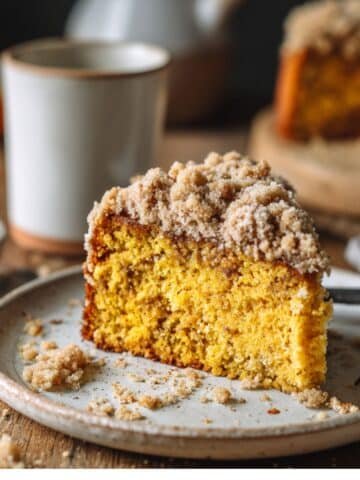
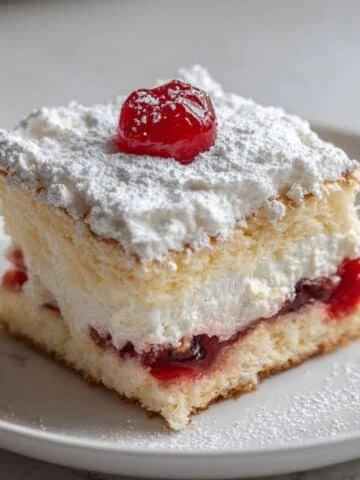
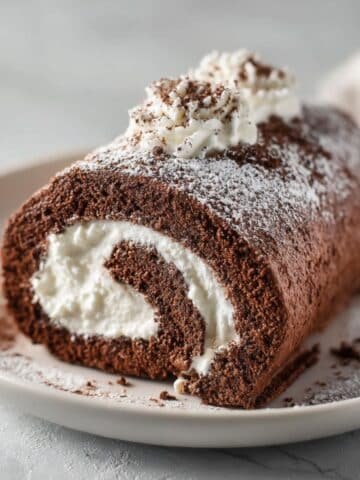
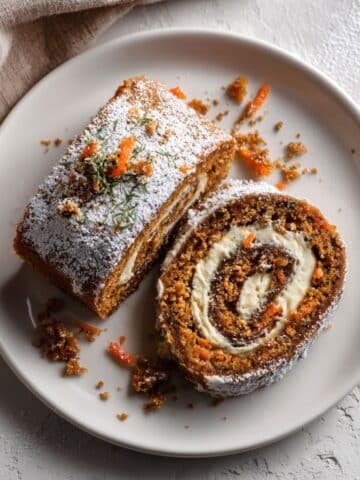

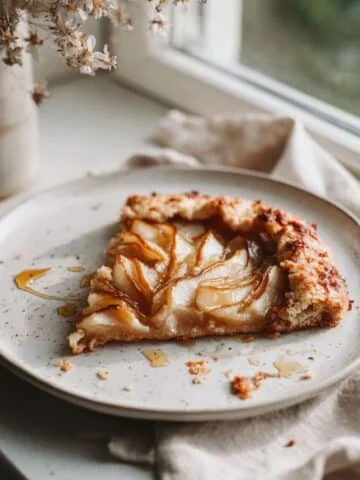
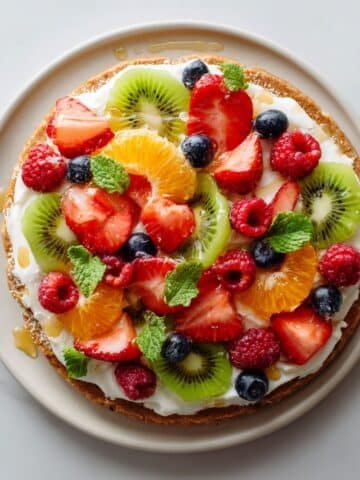
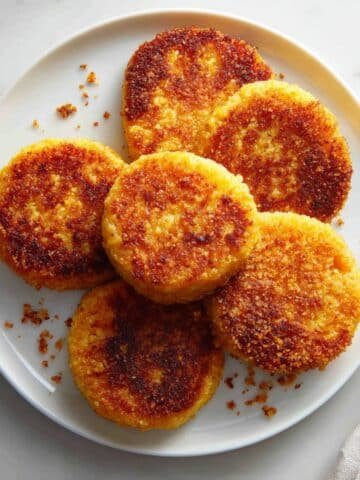
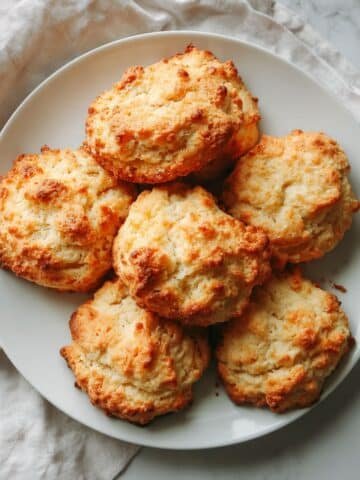
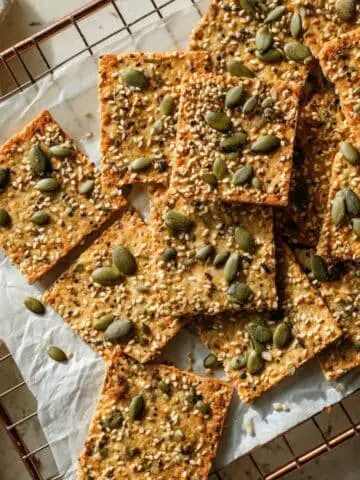
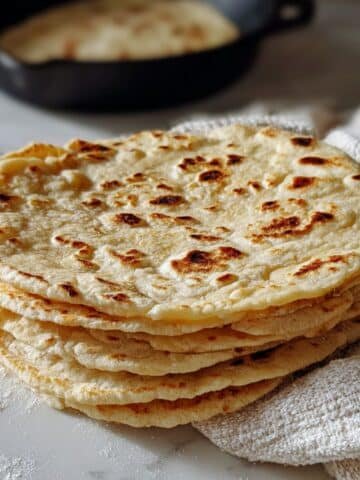
Leave a Reply